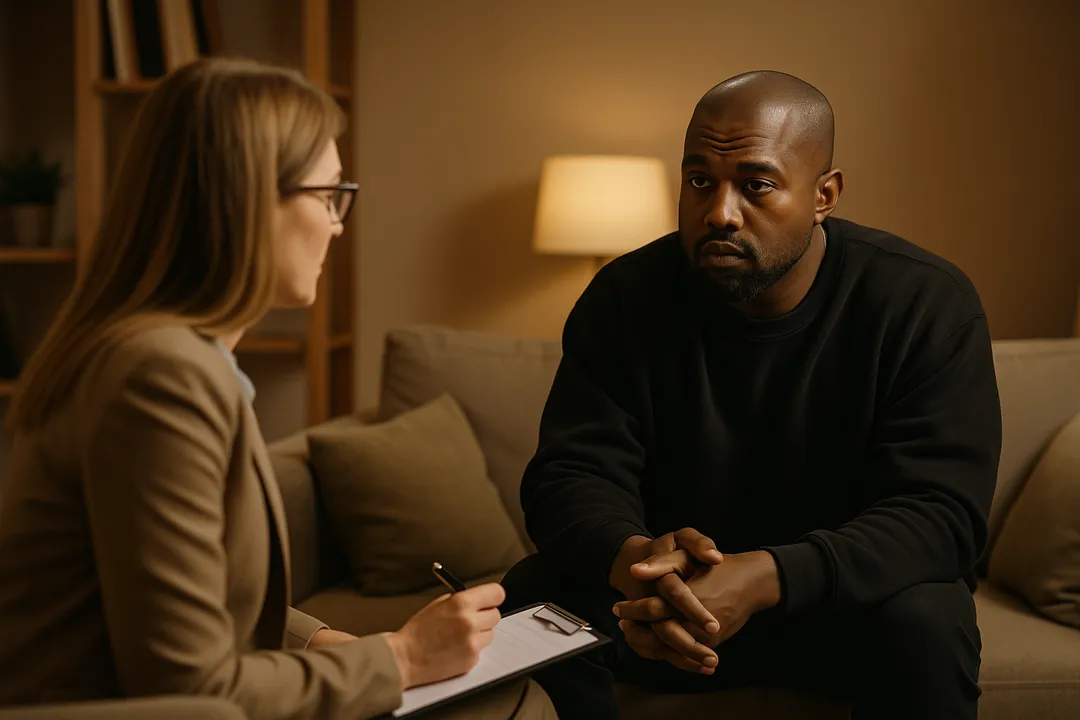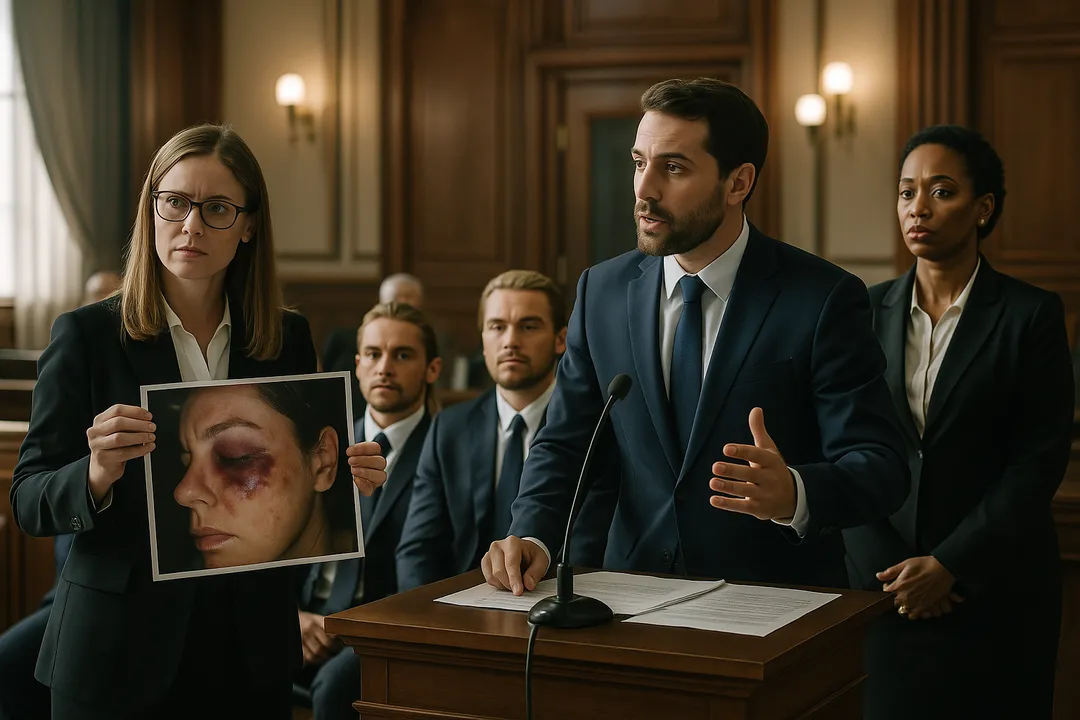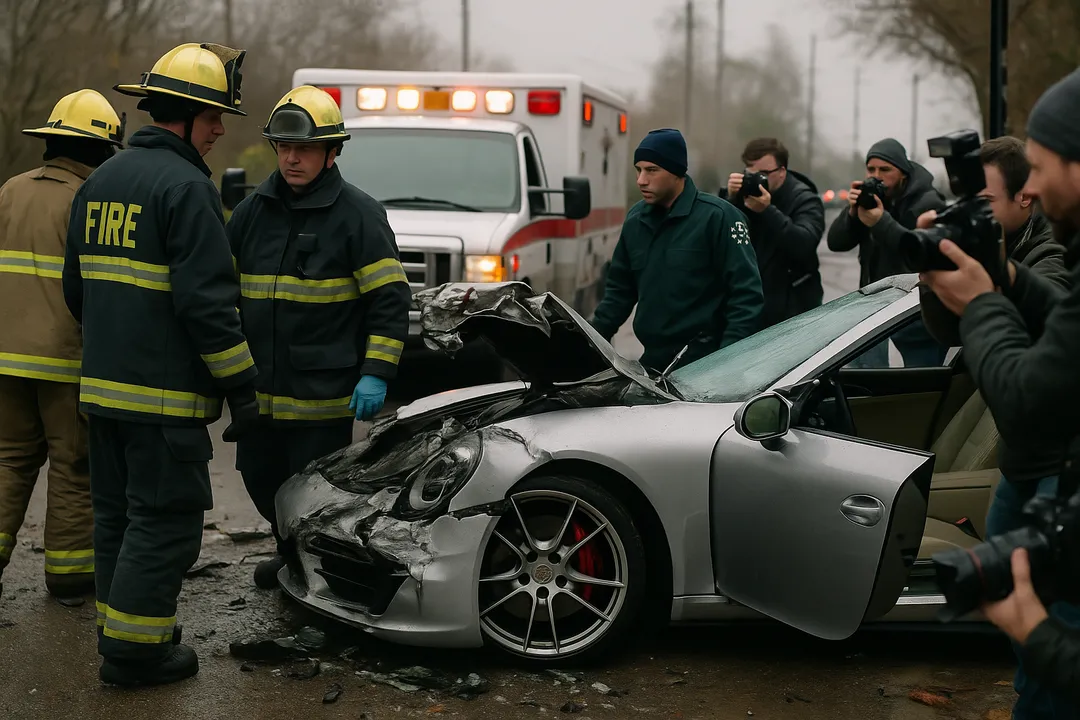The tragic deaths of multiple social media influencers in 2025 have cast a harsh spotlight on the dangerous lengths content creators will go to for views, likes, and viral fame. From hiking influencer Hannah Moody’s death from heat exposure in Arizona to extreme sports creator Andreas Tonelli’s fatal fall in the Italian Alps, these incidents reveal a disturbing trend where the pursuit of engaging content can become literally deadly.
The legal implications of these deaths extend far beyond personal tragedy, raising complex questions about platform liability, content creator responsibility, and the duty of care owed by social media companies to their users. As we examine the circumstances surrounding recent influencer deaths, we uncover a web of legal and ethical issues that challenge traditional notions of liability and responsibility in the digital age.
The Rising Toll of Dangerous Content Creation
The year 2025 has been particularly deadly for social media influencers, with multiple high-profile deaths directly linked to dangerous content creation activities. These deaths span various platforms and content types, from extreme sports and hiking to dangerous stunts and risky challenges.
Hannah Moody’s death while hiking in Arizona, despite carrying five gallons of water, demonstrates how even experienced content creators can underestimate environmental dangers. Her death was ruled accidental due to heat exposure, but it raises questions about whether adequate safety information and warnings were provided by platforms promoting outdoor content.
Andreas Tonelli’s fatal fall while mountain biking in the Italian Alps represents another category of influencer death—those involving extreme sports where the line between acceptable risk and reckless endangerment becomes blurred. These cases challenge legal systems to determine when content creation crosses from acceptable risk-taking into negligent behavior.
Platform Liability and Duty of Care
Social media platforms face increasing scrutiny regarding their responsibility for user safety, particularly when their algorithms and monetization systems incentivize dangerous behavior. The legal question of whether platforms have a duty of care to protect users from harm remains largely unsettled, with courts struggling to balance free speech concerns against user safety.
Current legal frameworks generally provide platforms with broad immunity from liability for user-generated content under Section 230 of the Communications Decency Act. However, this immunity may not extend to situations where platforms actively promote or monetize dangerous content through their recommendation algorithms.
The European Union’s Digital Services Act and similar regulations worldwide are beginning to impose greater responsibilities on platforms to monitor and remove dangerous content. These regulatory changes may create new legal obligations for platforms to protect users from harm, potentially including liability for influencer deaths resulting from dangerous content promotion.
Insurance and Financial Protection for Content Creators
The unique risks faced by content creators have led to the development of specialized insurance products designed to protect influencers and their families. However, many creators remain uninsured or underinsured, leaving their families financially vulnerable when tragedies occur.
Traditional life insurance policies may not cover deaths resulting from dangerous activities, creating gaps in coverage for influencers who engage in high-risk content creation. Specialized creator insurance policies are emerging to address these gaps, but awareness and adoption remain limited.
The financial implications of influencer deaths extend beyond immediate family needs to include lost revenue from sponsored content, merchandise sales, and other income streams. These economic losses can be substantial for successful creators, making comprehensive insurance coverage increasingly important.

















